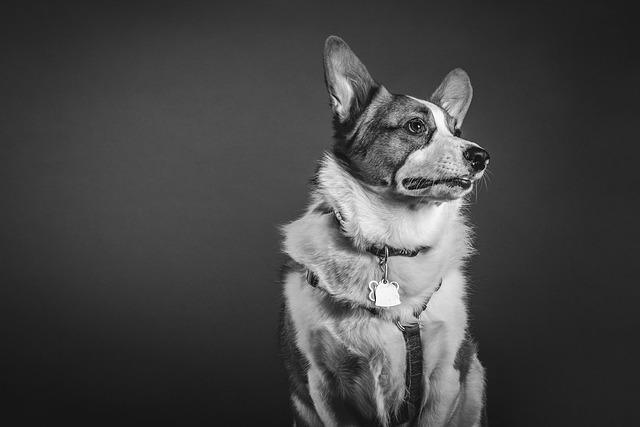
How to keep a dog from scratching a wound on neck?
Dogs have an uncanny ability to find the one spot that needs healing and turn it into a bigger problem with their paws or teeth.
Corgis, with their stubby legs and big personalities, reach maturity in their own time—including that first heat cycle. Most start showing signs between 6 and 12 months, though every pup is different. A Pembroke corgi breeder in Wales noticed her females typically began at 8 months, while their Cardigan cousins often waited a month or two longer. It’s less about size here; their herding heritage seems to play a subtler role in timing.
Early signs can be easy to miss if you’re not watching. One owner in Ontario described her corgi suddenly licking her belly more, followed by a faint bloody discharge a week later. Others notice behavioral shifts: restlessness during walks, or sudden clinginess. These changes are your cue to start preparation—keeping them away from unneutered males, for one, as even brief interactions can lead to unwanted litters.
Timing matters for health decisions too. Veterinarians in Scandinavia often recommend waiting until after the first heat before spaying, as early procedures may affect bone development in smaller breeds. But laws vary—some regions require sterilization by a certain age unless you’re a licensed breeder. In parts of Australia, for example, unregistered dogs must be desexed by 6 months, which might mean skipping that first cycle entirely.
 Managing the cycle means adapting daily routines. Corgis love to zoom around, but during heat, they might tire faster. A trainer in Texas suggests shorter, more frequent walks to prevent overexertion. Doggy diapers can help with cleanup, though some corgis resist them—try putting one on during playtime first, with treats, to build comfort. Never leave a diaper on for more than a few hours; it can cause irritation.
Managing the cycle means adapting daily routines. Corgis love to zoom around, but during heat, they might tire faster. A trainer in Texas suggests shorter, more frequent walks to prevent overexertion. Doggy diapers can help with cleanup, though some corgis resist them—try putting one on during playtime first, with treats, to build comfort. Never leave a diaper on for more than a few hours; it can cause irritation.
Socialization during this time needs caution. Dog parks are risky, as intact males can grow aggressive around a female in heat. Instead, arrange playdates with known neutered dogs in a fenced yard. A corgi owner in Ireland learned this after her 9-month-old triggered a fight between two labs at the local park—embarrassing, but avoidable with planning.
Nutrition shifts slightly too. Some females eat less during heat; offering small, frequent meals works better than big bowls. Adding a little extra protein, like cooked chicken, can entice them. Just avoid overdoing it—corgis are prone to weight gain, and extra calories now can lead to obesity later.
Knowing when to worry is part of the process. A heat cycle lasting more than 3 weeks, or heavy bleeding with clots, needs a vet check. Similarly, if your corgi seems lethargic or in pain, don’t wait. These could signal infections or other issues that need prompt care.
That first heat marks a new phase in your corgi’s life—messy at times, but manageable with preparation. It’s a reminder they’re growing up, even if they still act like goofy puppies. Stay observant, check local regulations on breeding and sterilization, and enjoy this stage—before you know it, they’ll be through it, and back to stealing socks and begging for treats.

Dogs have an uncanny ability to find the one spot that needs healing and turn it into a bigger problem with their paws or teeth.
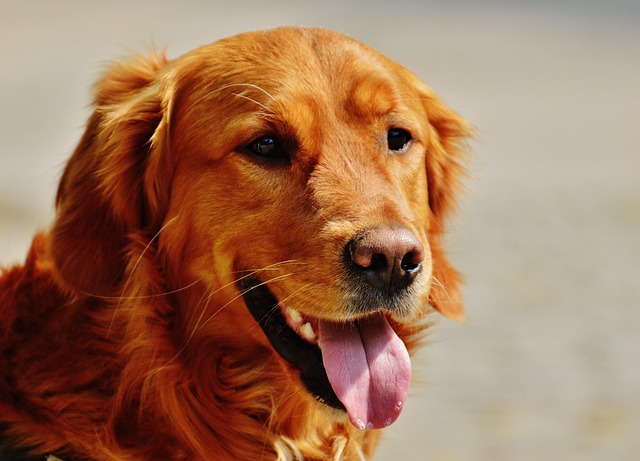
Puppy fur feels like a cloud—soft, fluffy, and somehow too perfect for this world. But every dog owner notices it eventually: that first tuft stuck to the couch, or a sudden increase in loose hairs on their favorite sweater.
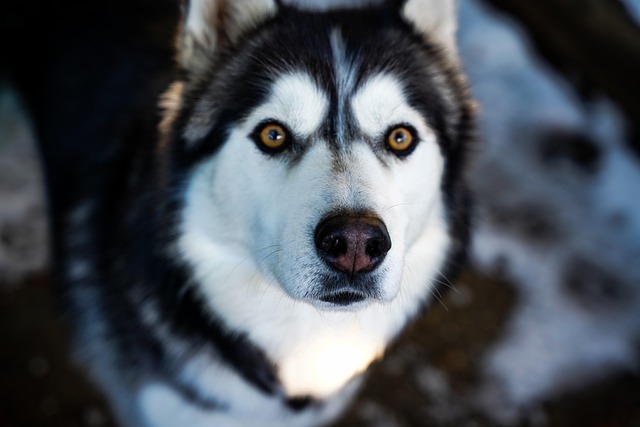
Imagine you’re in your Los Angeles apartment, watching your 6-month-old Corgi pup sniff every patch of grass during your evening walk—they stop to lick a puddle
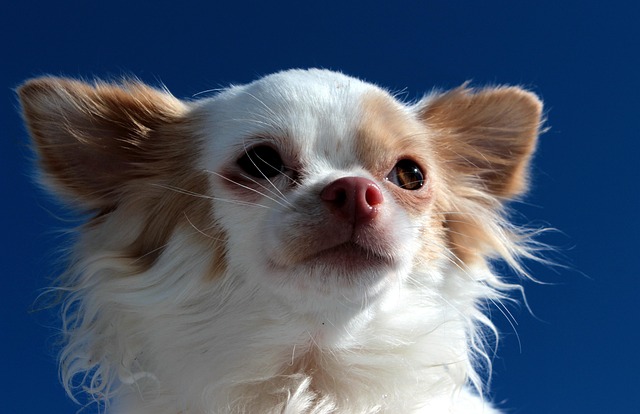
Your dog’s been licking their hind legs nonstop lately, a habit that started after that rainy afternoon at the community dog run. At first, you figured it was just mud or a stray burr bothering them.

Corgis, with their stubby legs and big personalities, reach maturity in their own time—including that first heat cycle. Most start showing signs between 6 and 12 months, though every pup is different.
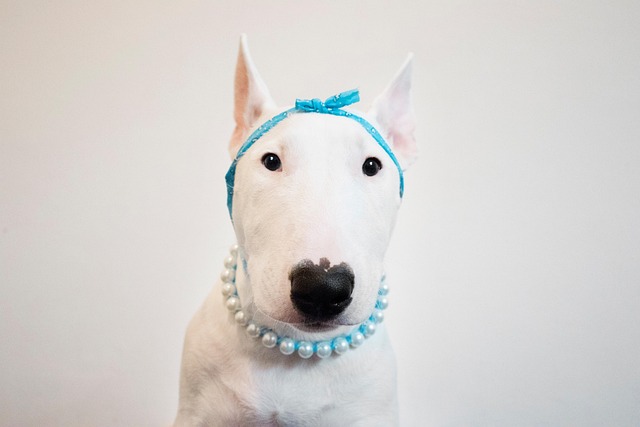
Many dog owners notice their pups turning up their noses at food after a dental cleaning, and it’s easy to panic. But in most cases, this temporary loss of appetite is actually quite common.